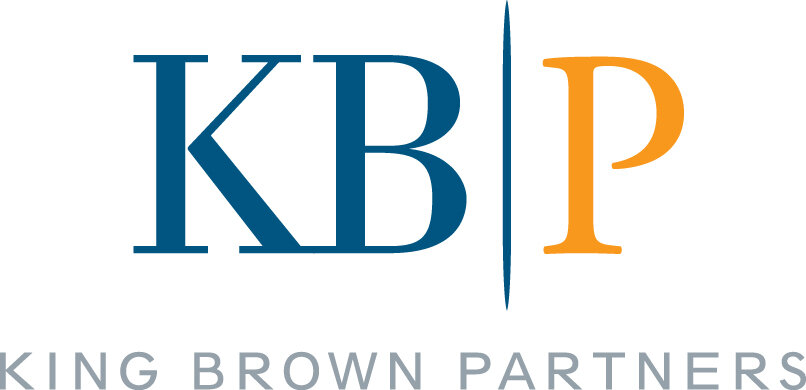Learning to Fail Successfully
Acceptance of failure is a central tenet of most modern approaches to innovation. One need only do a quick Google search to find a rich litany of quotes admonishing innovators to embrace failure and heed its lessons.
No doubt, any researcher worth his or her salt can rattle off a long list of bad ideas that were explored in–and killed by–customer research. How about taking out a home equity line of credit to finance your car? Anyone care for a TV with a built-in printer? An online store requiring each item to be purchased and shipped individually? Bad ideas, all. And easy to eliminate with the most basic of research.
But more problematic—as a waste of time, money, and most importantly, brand stature—are those ideas that survived their market research due diligence, and failed anyway.
The problem, we believe, is less about unwillingness to risk failure, and more about being ill-equipped to identify the early indicators of failure.
Too often, traditional research is satisfied to uncover the key characteristics and requirements that are, in essence, the cost of entry into a category. We call these Qualifiers. Qualifiers are significant only in their absence. Include all the necessary Qualifiers, and you have a generally viable product. But not a reason for people to buy.
As Agile Researchers, we focus our energies on identifying Motivators. Motivators are those things that make your product special. That set it apart from the competition. Motivators can be as subjective as an emotion or as tangible as a specific feature. Motivators are significant only in their presence—they need to be identified and expressed if you are interested in getting customers to buy.
As you are evaluating new product ideas, apply the Qualifier/Motivator test. The Qualifier part is fairly straightforward. If there’s anything missing, go back to the drawing board, or to engineering, or the product team, and make sure it is all in there. If it can’t be done, on time and at the right price, scrap it and focus on another idea.
Identifying Motivators requires a bit more extrapolation and hint of imagination. Ask yourself: What problem is this solving? What potential is this creating? How will customers actual use this? And is there something unique or special about my product that can fill this need? If the answer to the last is no, or there isn’t enough certainty in your answer, the potential for failure is great. If you can’t find the Motivators, don’t expect that your customers will.
There is much to be learned from failure. Just make sure you those lessons come early, intentionally and effectively.
